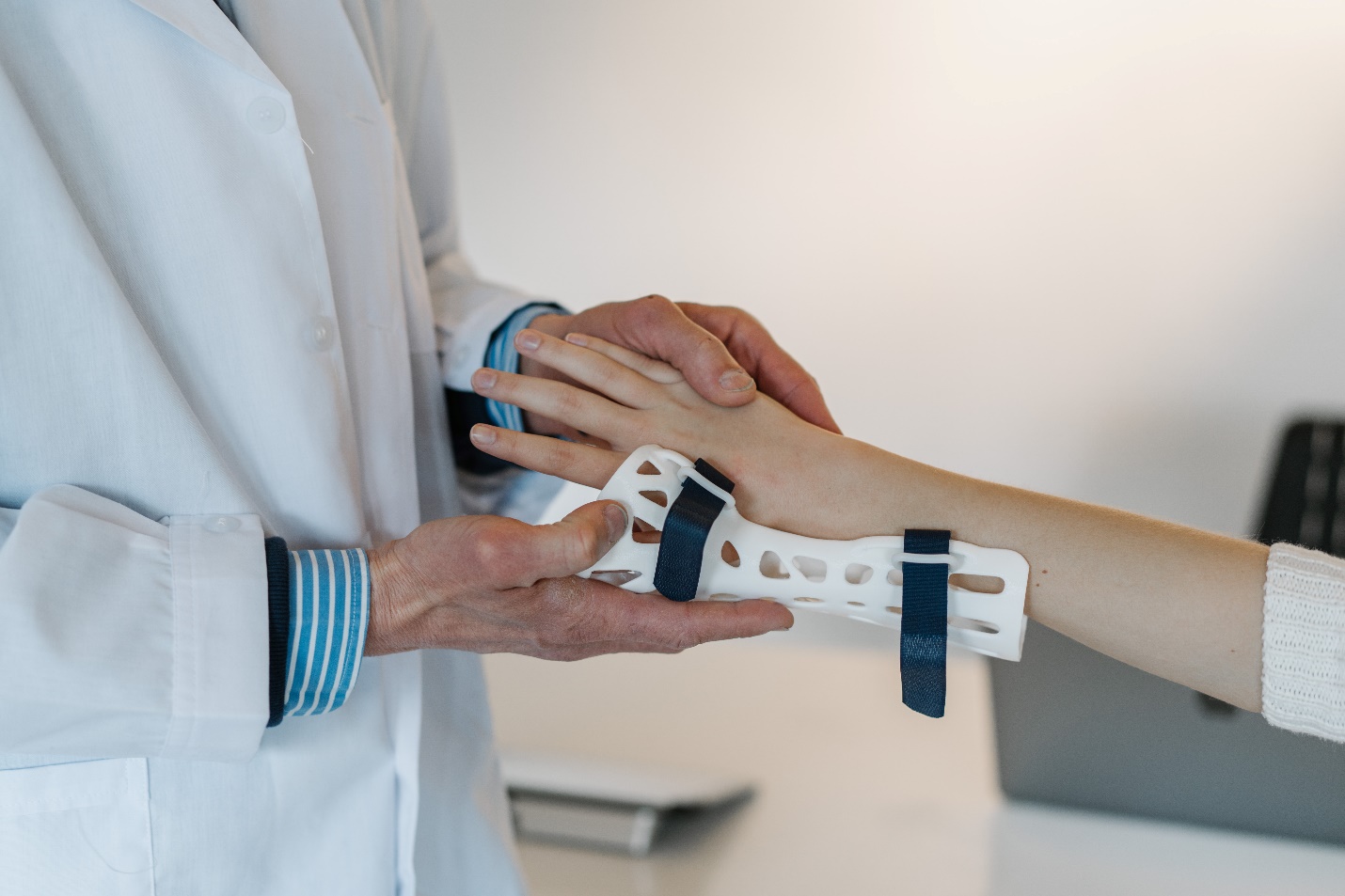A trigger finger is a painful condition in which the finger snaps when it straightens and closes, like a trigger that is pulled and released. It also stays in a bent position that is painful to a patient. Scientifically, it is known as “Stenosing Tenosynovitis”.
This condition occurs due to the inflammation surrounding the sheath of the finger’s tendon. These flexor tendons are cord-like structures attached to the forearm muscles and finger bones. When fingers perform a movement, these tendons contract and stretch.
Also, each flexor tendon passes through tunnel-like passages known as the tendon sheath. Along this tendon sheath, multiple pulleys hold the tendon flexors to the finger bones. The pulley at the base of the finger is called A1. And if the inflammation at A1 gets worse with a bit of swelling, the finger can become locked in a bent position

Causes of Trigger Finger
The causes for this condition are not well-known. People whose occupations require repetitive gripping actions and lifting heavy objects can develop trigger fingers. This condition is also prevalent among women more than men, and anyone with diabetes is more susceptible to this medical issue. But several factors can contribute to this condition, including:
Medical Conditions: People with rheumatoid arthritis and diabetes can have trigger fingers. Also, if you have had carpal tunnel syndrome surgery treatment, you might experience trigger finger for the first six months.
Occupations: Industrial workers, farmers, and musicians can contract this condition because their job is strenuous and requires heavy gripping and lifting movements.
Symptoms of Trigger Finger
You might notice that stiffness of the joint and the bent position is worse in the morning and lessens as the other fingers and thumb is used throughout the day. Some other signs and symptoms of trigger finger are:
- Inability to fully flex the finger
- The thumb and the index finger are locked in a painful position that has to be straightened with the help of the other hand
- A tender lump or swelling at the base of the finger
- Stiffness and pain when the fingers or thumb are bent
- Soreness at the base of the finger and thumb when gripping motion is performed
- An audible snapping sensation when finger and thumb are moved
Consult the Experts
A trigger finger can be a painful condition that can be treated through non-surgical and surgical treatments. Your doctor may also prescribe therapy for trigger finger treatment.
At Able Hands Rehabilitation, we provide trigger finger therapy, finger fracture treatment, custom hand splinting, occupational hand therapy in NJ. Get in touch with us to schedule an appointment or get more information about our therapists and services.









Leave A Comment